
Get upto 50% off in New Year Offer

Get upto 50% off in New Year Offer

In this blog, we’ll delve into some of the most trending strategies for elevating CX, with a focus on personalization, chatbots, and omnichannel communication.
In the rapidly evolving landscape of business, customer experience (CX) has emerged as the Holy Grail. Companies that prioritize customer satisfaction and consistently deliver outstanding CX are the ones that thrive. As we move further into the digital age, enhancing CX is no longer just an option; it’s a necessity. In this blog, we’ll delve into some of the most trending strategies for elevating CX, with a focus on personalization, chatbots, and omnichannel communication.
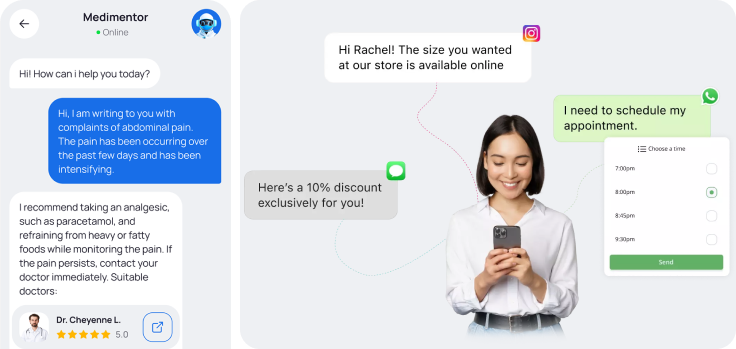
Modern businesses are all about making customers feel special. They do this by customizing what they offer and how they talk to you. This is super important in the digital age because there are so many choices out there.
One way they do this is by using chatbots, which are like smart computer helpers that can chat with you 24/7. They’re really good at answering common questions, so human workers can focus on more complicated stuff. Plus, they get smarter as they chat with more people.
Another important thing is making sure the way businesses talk to you is the same no matter where you are. So if you send a message on social media, then visit their website, they remember what you said and what you need. This makes customers happy and helps businesses make better decisions. Try Omnichannel communication strategies.
ManagePlus offers a comprehensive platform designed to elevate your marketing activities and scale your business efficiently. With a focus on collaboration, the platform brings your team together within a single interface to streamline tasks and drive the business forward. Whether you’re managing content calendars, campaigns, tasks, or generating new marketing ideas, ManagePlus provides a centralized solution for all your needs.
Content Calendar Management is simplified with monthly calendars that eliminate the need for scattered Excel sheets. Users can easily organize published and unpublished content, apply filters based on campaigns and users, and generate monthly performance reports to track success and areas for improvement.
All of these things work together to make customers happier and keep them coming back for more. Here’s why this is so vital:
Personalization, chatbots, and omnichannel communication work together to create a highly engaging customer experience. Chatbots can use personalized data to deliver tailored responses, and customers can seamlessly transition between channels while enjoying consistent interactions.

Chatbots assist with routine inquiries and tasks, allowing human agents to focus on more complex issues. This streamlines customer service and lowers operational costs while maintaining quality service through personalization.
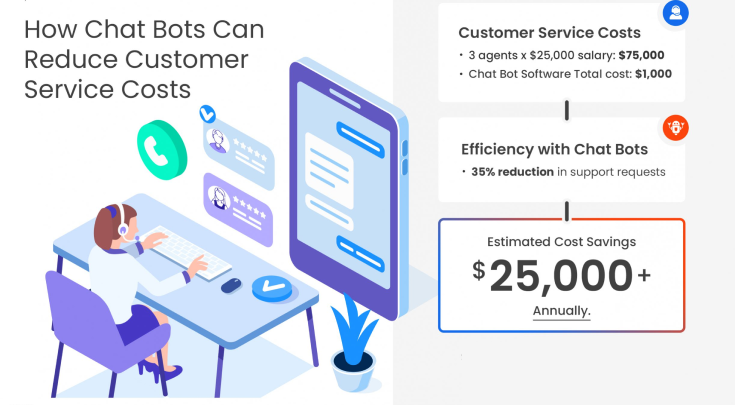
The data gathered through personalization and omnichannel communication can be used to gain valuable insights into customer behavior, preferences, and pain points. This information is invaluable for refining products, marketing strategies, and customer service efforts.
Personalization leads to more relevant product recommendations, resulting in higher sales. Satisfied customers are more likely to become loyal, long-term patrons, further boosting a company’s bottom line.
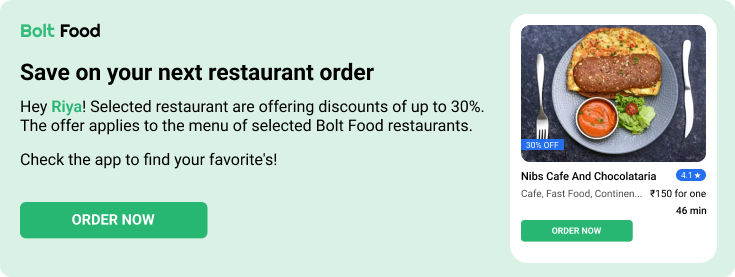
Businesses that effectively implement personalization, chatbots, and omnichannel communication gain a competitive edge. Customers are more likely to choose a brand that offers a superior and tailored experience.
The importance of personalization, chatbots, and omnichannel communication cannot be overstated in today’s business landscape. The combination of these three elements creates a robust foundation for enhancing customer engagement, improving operational efficiency, and gaining a competitive advantage. As technology continues to advance, businesses that embrace these strategies will be better positioned to thrive in the ever-evolving world of customer service and sales.
Personalization is no longer a mere buzzword; it’s the cornerstone of exceptional CX. In a world inundated with information and options, customers crave tailored experiences. Here’s how personalization is making a significant impact:
Data is the fuel that powers personalization in CX. Companies are leveraging customer data to understand their preferences, behaviors, and needs. Through data analytics and machine learning, businesses can segment their audience effectively and provide targeted content, recommendations, and offers.
![]()
Hyper-personalization takes personalization in CX a step further by creating highly individualized experiences. It involves dynamically altering content, offers, and even user interfaces to match each user’s unique preferences. AI and automation are key players here.
![]()
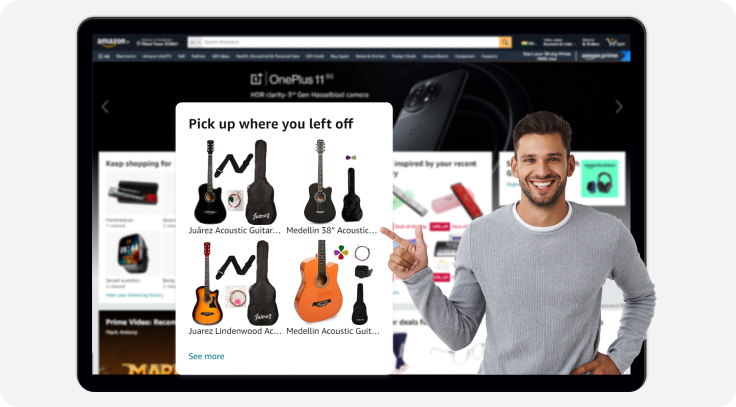
Creating personalization in CX and customer journeys involves mapping out the ideal path for individual customers based on their needs and behaviors. This ensures that customers receive the right content or assistance at the right time, improving the chances of conversion.
![]()
Chatbots in Customer Service have become ubiquitous in the world of CX, and for good reason. They offer a quick, efficient, and 24/7 way to interact with customers. Let’s explore how chatbots are revolutionizing customer service:
Chatbots in Customer Service provide immediate responses to customer inquiries, eliminating the need for customers to wait in long queues or for business hours to get answers. This immediacy significantly enhances the customer experience.
![]()
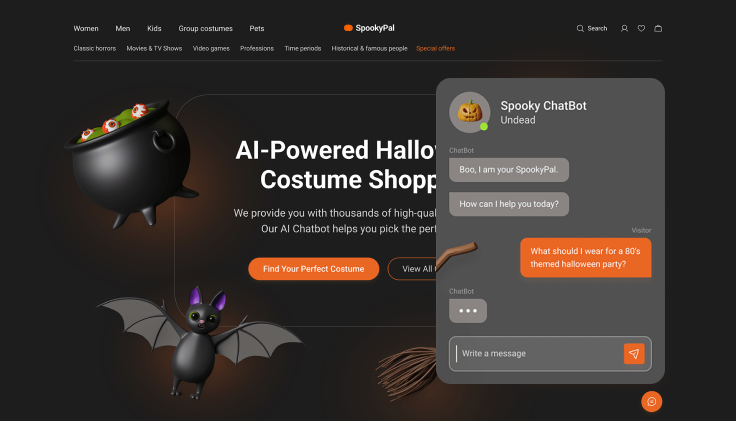
AI-driven Chatbots in Customer Services can handle a wide range of customer issues, from basic troubleshooting to more complex problem-solving. They can guide users through steps, offer solutions, and even escalate issues to human agents when necessary.
![]()
Chatbots equipped with language translation capabilities can provide support to customers worldwide. This feature helps businesses expand their global reach and serve a diverse customer base.
![]()
Campaign Management becomes seamless as ManagePlus allows you to group different campaign materials together. This feature ensures that you stay active on all fronts, from Demand Generation to HR Support, and enables easy tracking through content grouping and campaign-based reports.
Task Management is optimized for marketing pipelines, offering auto assignment rules, task grouping based on roles, default user settings, and task reminders. Unlike general project management tools, ManagePlus provides insights into the performance of completed tasks, ensuring a more informed workflow.
In today’s digital landscape, customers interact with brands through various channels. Omnichannel communication ensures that the customer experience remains consistent and seamless across all touchpoints:
Omnichannel communication involves integrating all channels – whether it’s social media, email, chat, or in-person – into a single, cohesive strategy. This integration ensures that customers can switch between channels without losing their context or information.
![]()

To provide a truly omnichannel experience, businesses need a centralized system that stores customer data and interactions from all channels. This unified customer profile helps agents understand customer history, preferences, and needs, irrespective of the channel they’re using.
![]()
Omnichannel communication is also about providing real-time engagement. Businesses can use tools like live chat, video calls, and push notifications to connect with customers instantly, addressing their needs and concerns promptly.
![]()
While personalization, chatbots, and omnichannel communication offer significant benefits, there are challenges to consider:
The collection and use of customer data for personalization must be done ethically and in compliance with data protection regulations like GDPR. Striking the right balance between personalization and privacy is essential.

Chatbots can handle many tasks, but they may struggle with complex or emotionally charged issues. Businesses should ensure seamless transitions from chatbots to human agents when necessary to avoid customer frustration.
Maintaining a consistent customer experience across all channels can be challenging, as each channel may have different requirements and limitations. Consistent training and monitoring are essential. Try Omnichannel communication strategies.
Performance Reporting is a key aspect of ManagePlus, providing access to team and content performance metrics. Identify high-performing content, assess team efficiency, and gain insights into campaign performance. The platform allows users to add notes, attachments, and references for enhanced clarity.
Custom Workflow & Approval feature addresses the challenge of slow content releases due to disparate approval processes. ManagePlus enables the creation of custom approval workflows, including steps such as Legal Approval, SEO Approval, and Branding Approval directly within the platform. Auto assignment rules and customizable steps further enhance the efficiency of the approval process.
In the era of digital business, the customer experience is paramount. Personalization, chatbots, and omnichannel communication are not just trends but essential strategies for staying competitive and satisfying the ever-evolving demands of modern customers. By harnessing the power of data, automation, and integrated communication, businesses can create exceptional experiences that keep customers coming back for more.
As technology continues to advance, the possibilities for enhancing CX will only grow. Companies that embrace these trends and adapt to changing customer expectations will find themselves well-positioned for success in the years to come. Start by managing all you social marketing strategies at ManagePlus!

Streamline your marketing efforts with AI-powered working design — Organize, collaborate, and optimize your marketing campaigns all in one place!

Join now to shape the future of MangePlus
Don’t miss out